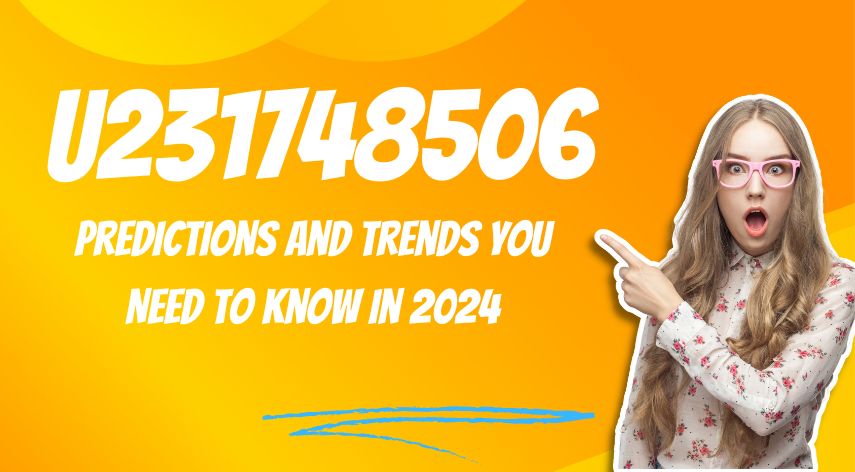4 Essential IT Security Risk Management Tips

The average cost of a cyber-security attack on an organization is $2.4 million. IT security risk management is a must with this kind of financial cost.
Companies should hire IT managers to ensure the accountability of all cyber risks. They ought to install security programs and educate employees on IT risk management.
Good IT risk management programs help companies to apply correct security controls. These programs entail strategies that avoid, reduce, and transfer risks.
There are cyber-security policies that businesses adopt to improve their cyber-security. Here are four essential IT security risk management tips.
Table of Contents
Toggle1. Install Strict Security Protocols
Robust security measures are mandatory for effective risk management. Below are some ways to enforce them:
- Apply strict access controls and authentication procedures
- Impose stern security protocols for remote employees
- Expand security to all gadgets in your IT environment
- Integrate data and systems into one source when possible
2. Use Cyber-Security Frameworks
ISO 27001 is an international framework. It outlines the standards for an information security management system. This helps companies address business risk and improve cyber-defense.
Apart from ISO 27001, there are many other cyber-security frameworks to regard. One of them is the National Institute of Standards and Technology Cyber-security Framework. It presents the required actions to address and minimize risk.
Another framework is The Center for Internet Security (CIS). It issues the CIS Critical Security Controls split into proposals and best practices. This helps companies to minimize the risk of a successful cyber-attack.
You can outsource managed IT services to help your company stay ahead of cyber-security threats.
3. Enforce a Plan for Incident Response
A set of instructions outlining your company’s response to cyber-attacks is necessary. This is because it states how to lessen the impact of cyber-security threats.
An incident response plan minimizes the duration of security breaches. It also streamlines digital forensics. This action reduces customer churn and reduces negative publicity.
4. Divide Responsibility
All employees need to learn about cyber-security and risk management. An IT manager and their team can’t bear the burden of IT risk management solely. To successfully implement a security program, the whole organization must participate.
Your IT security risk management policies should ensure all employees are aware of potential cyber risks. They should watch for social engineering attacks such as emails that spread malware.
It often takes a small error to have your data security compromised. A malware at one of Target’s branches resulted in 110 million credit card numbers exposure.
IT Security Risk Management
Cyber-security threats are on the rise as technology keeps evolving. When business processes shift, the threats facing the company also change.
Your organization should focus on having a budget for IT security risk management. Employees should learn and get training on how to handle cyber-security threats.
An evolving IT risk management program that’s made using the best practices is an asset. If well implemented, such programs significantly lower the negative impacts of security breaches.
Browse this page for more tips on IT security risk management.
Jeff Bailey is a tech enthusiast and gadget guru with a profound understanding of the ever-evolving world of technology. With a keen eye for innovation and a passion for staying ahead of the curve, Jeff brings insightful perspectives on the latest gadgets and tech trends.
Recommended For You
Spread the loveInstagram is a visually driven platform, and understanding how aspect ratios work can significantly impact the success of
Spread the loveHave you ever received a call from an unknown number, and upon searching online, found nothing but dead
Spread the loveOverview of U231748506 Welcome to U231748506, your comprehensive guide to the predictions and trends shaping 2024. As we






